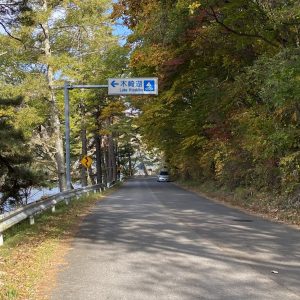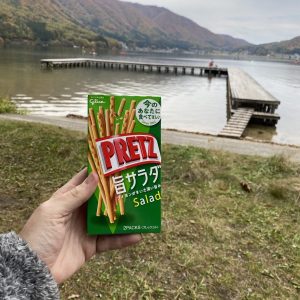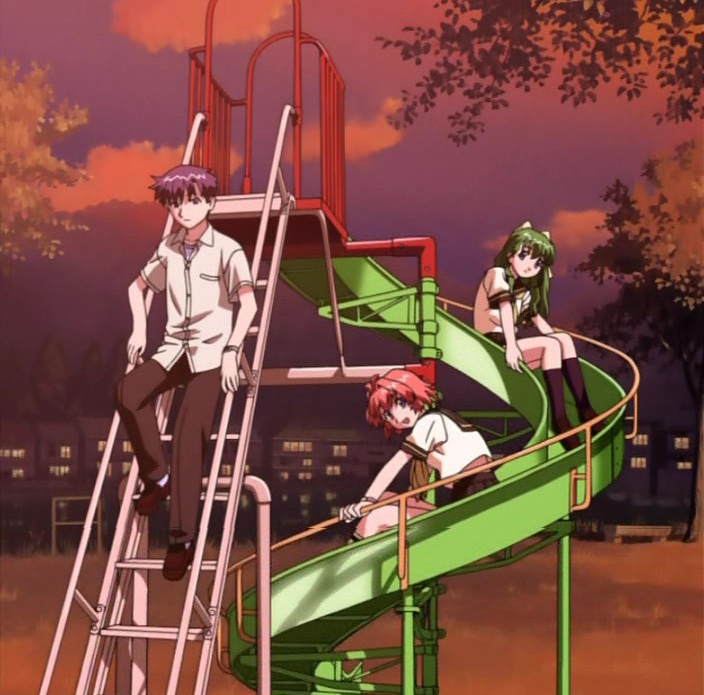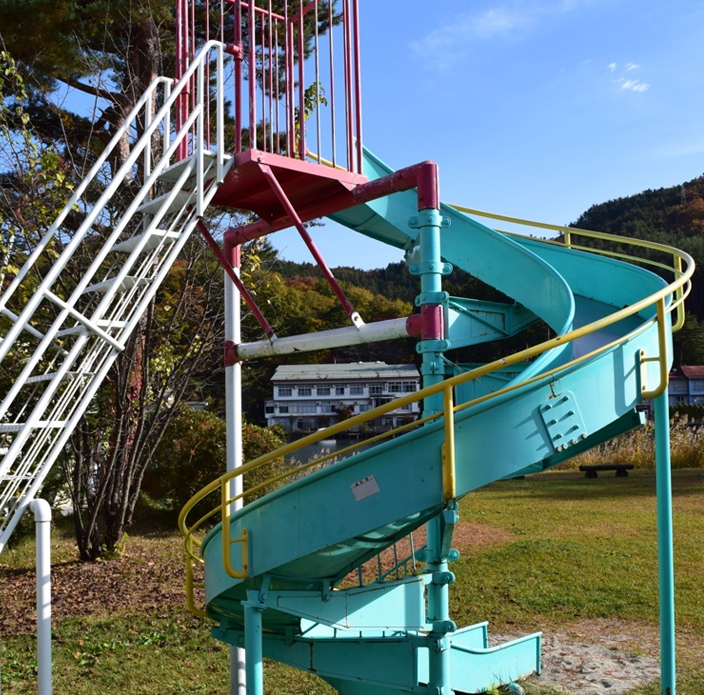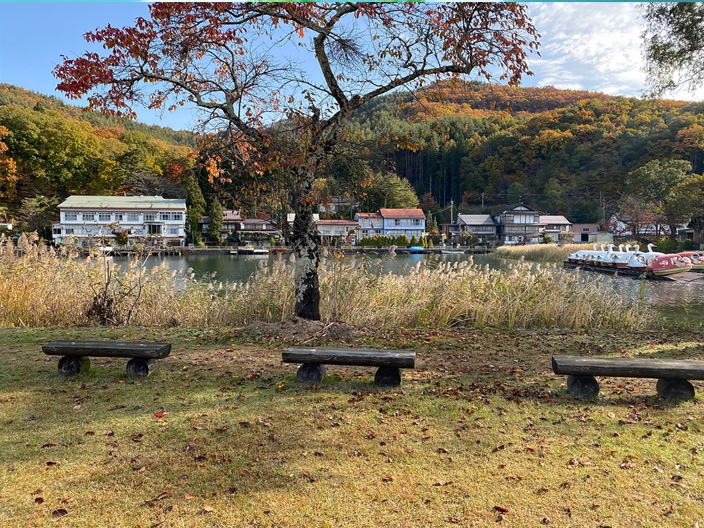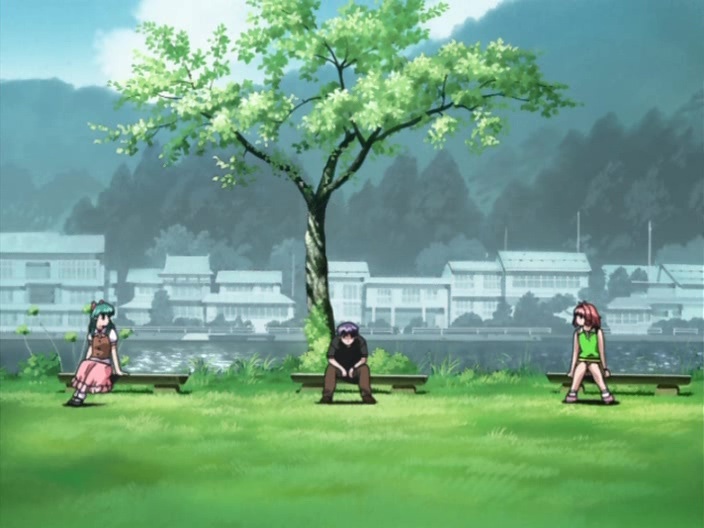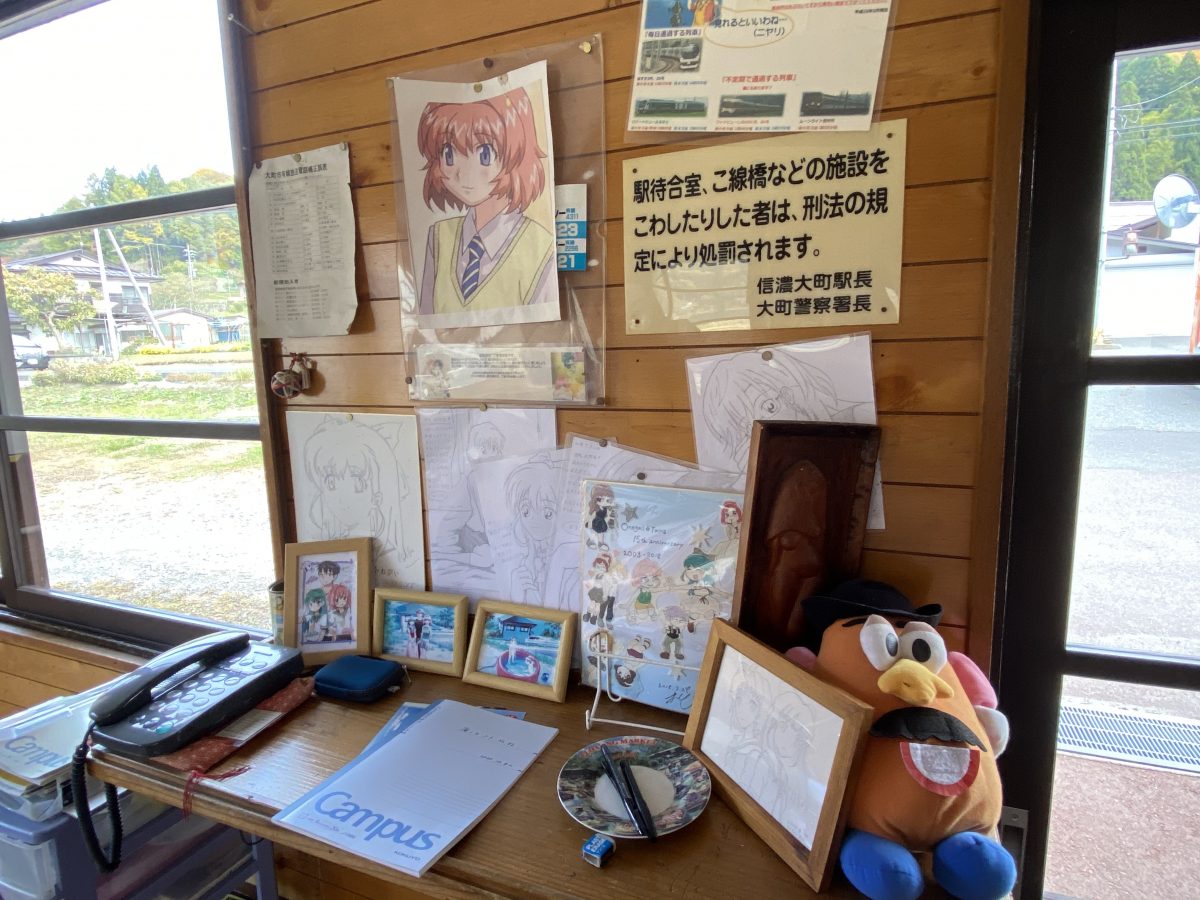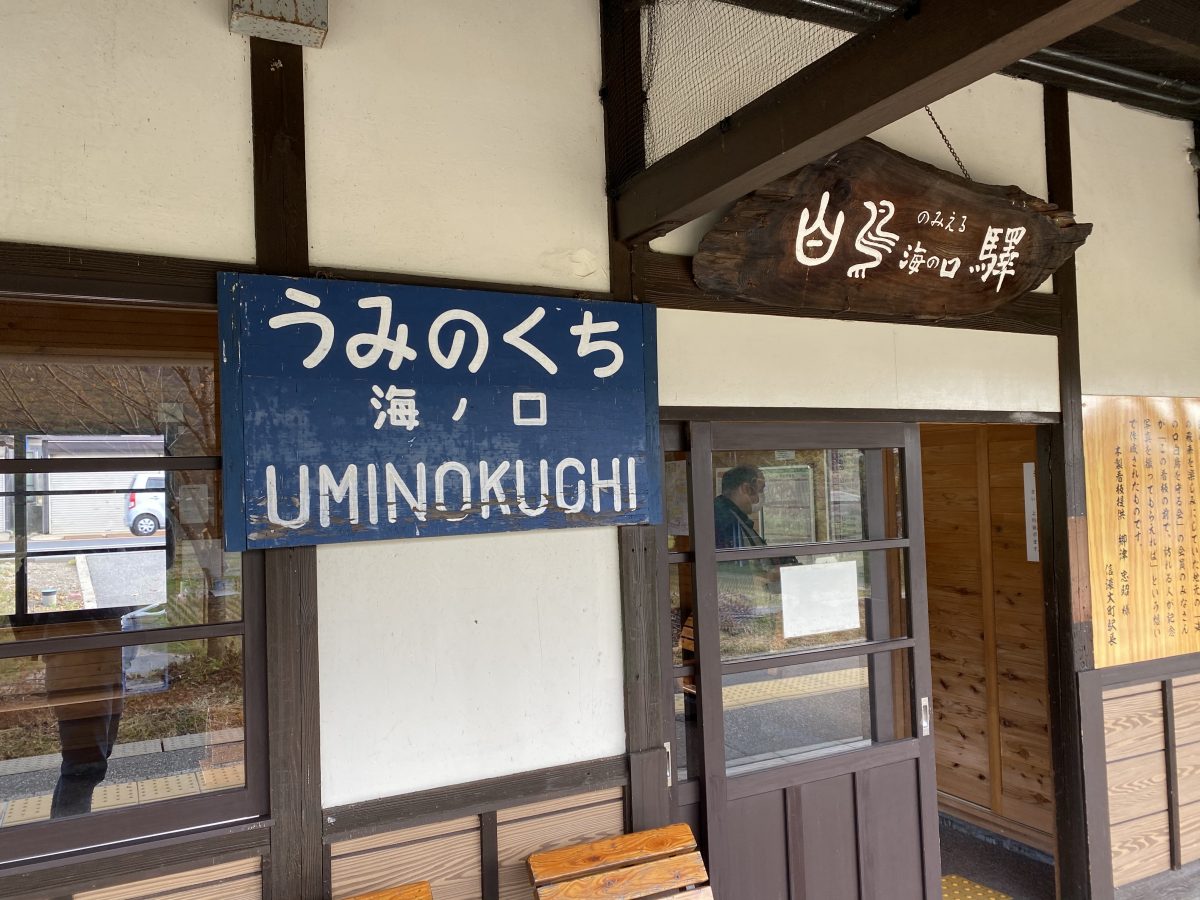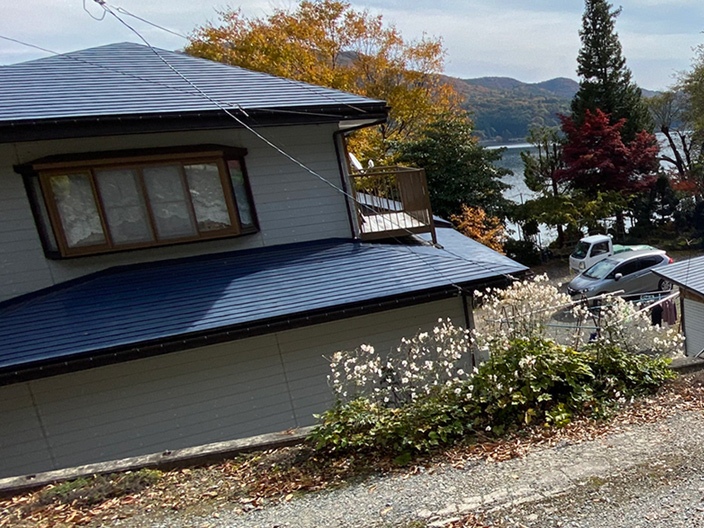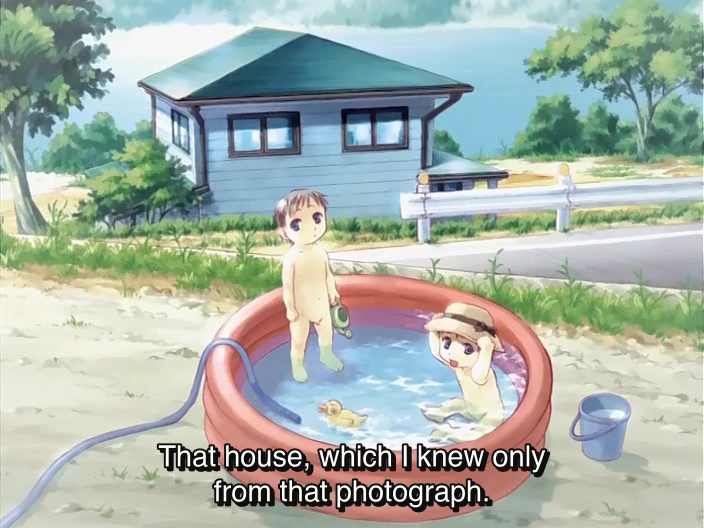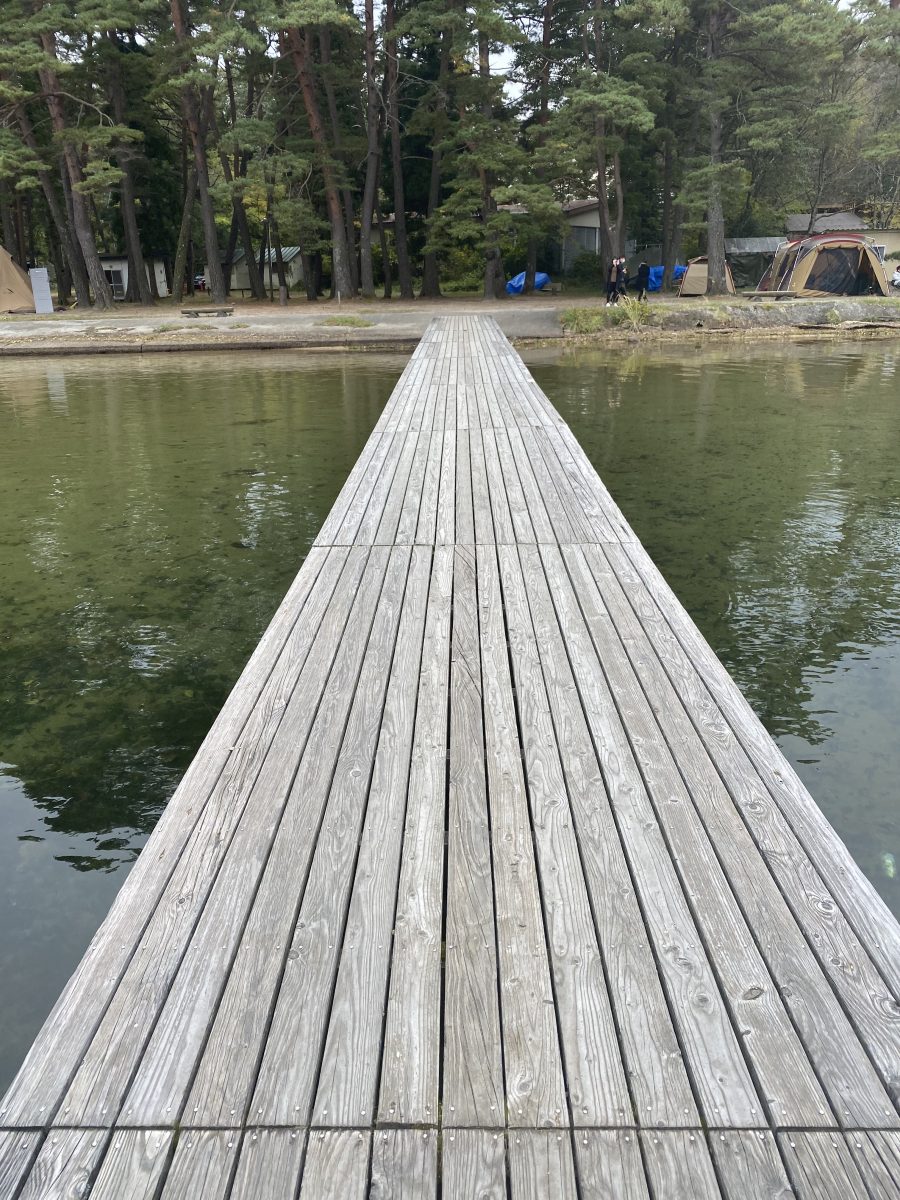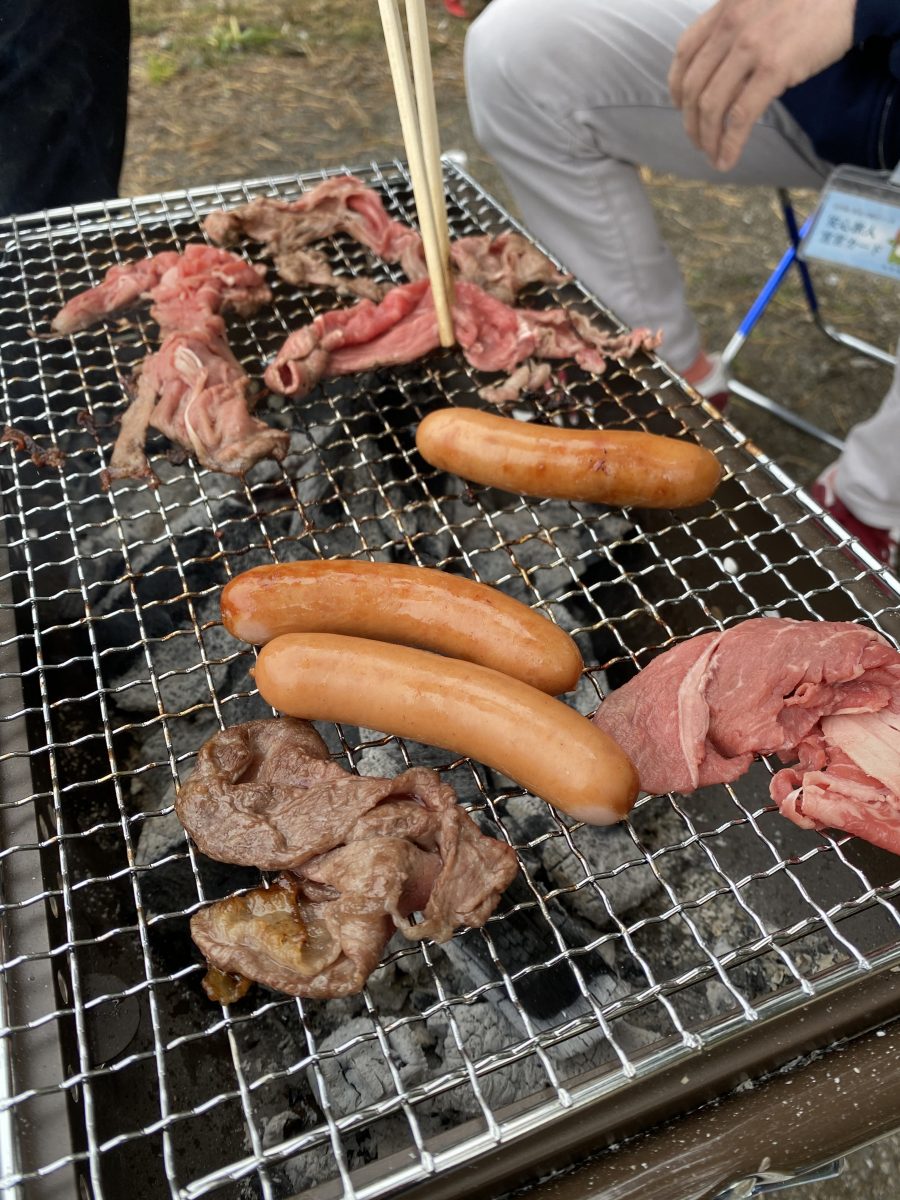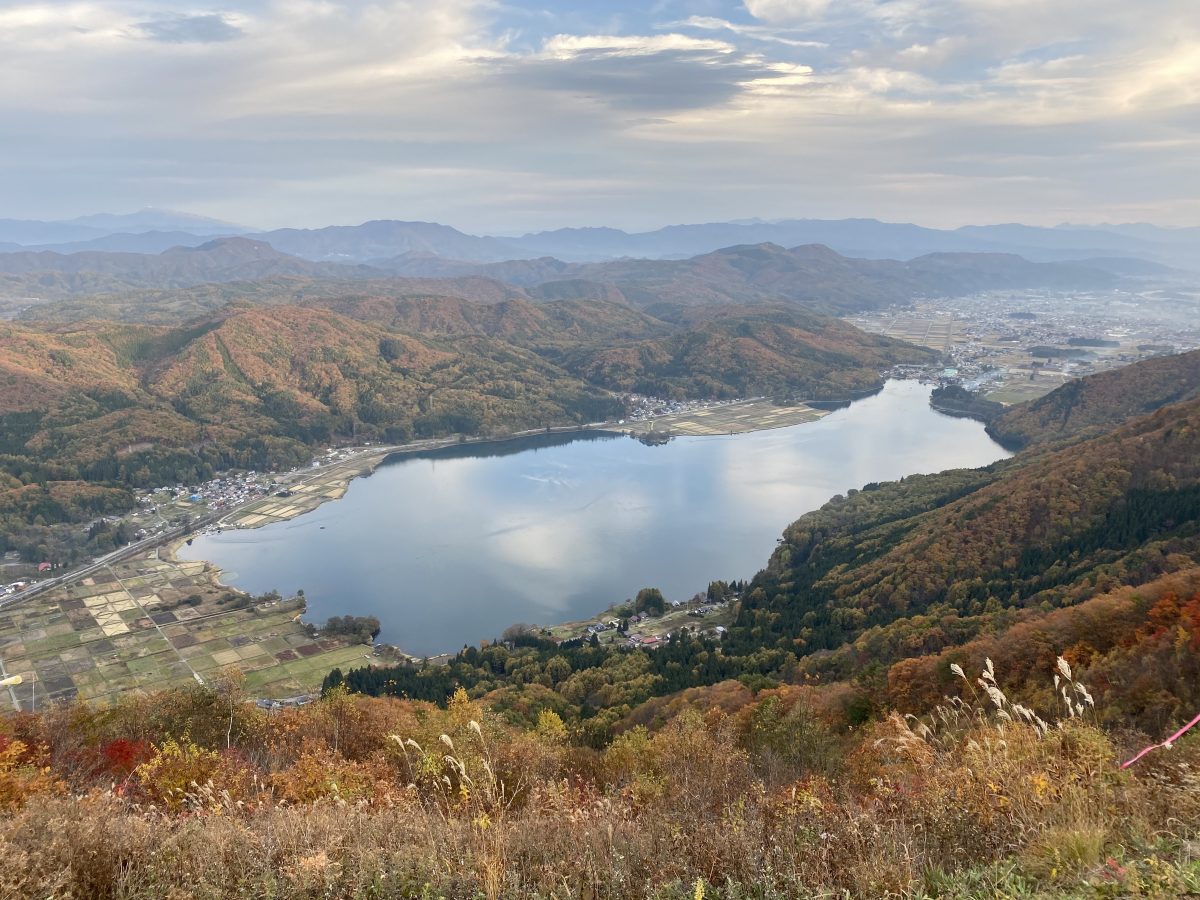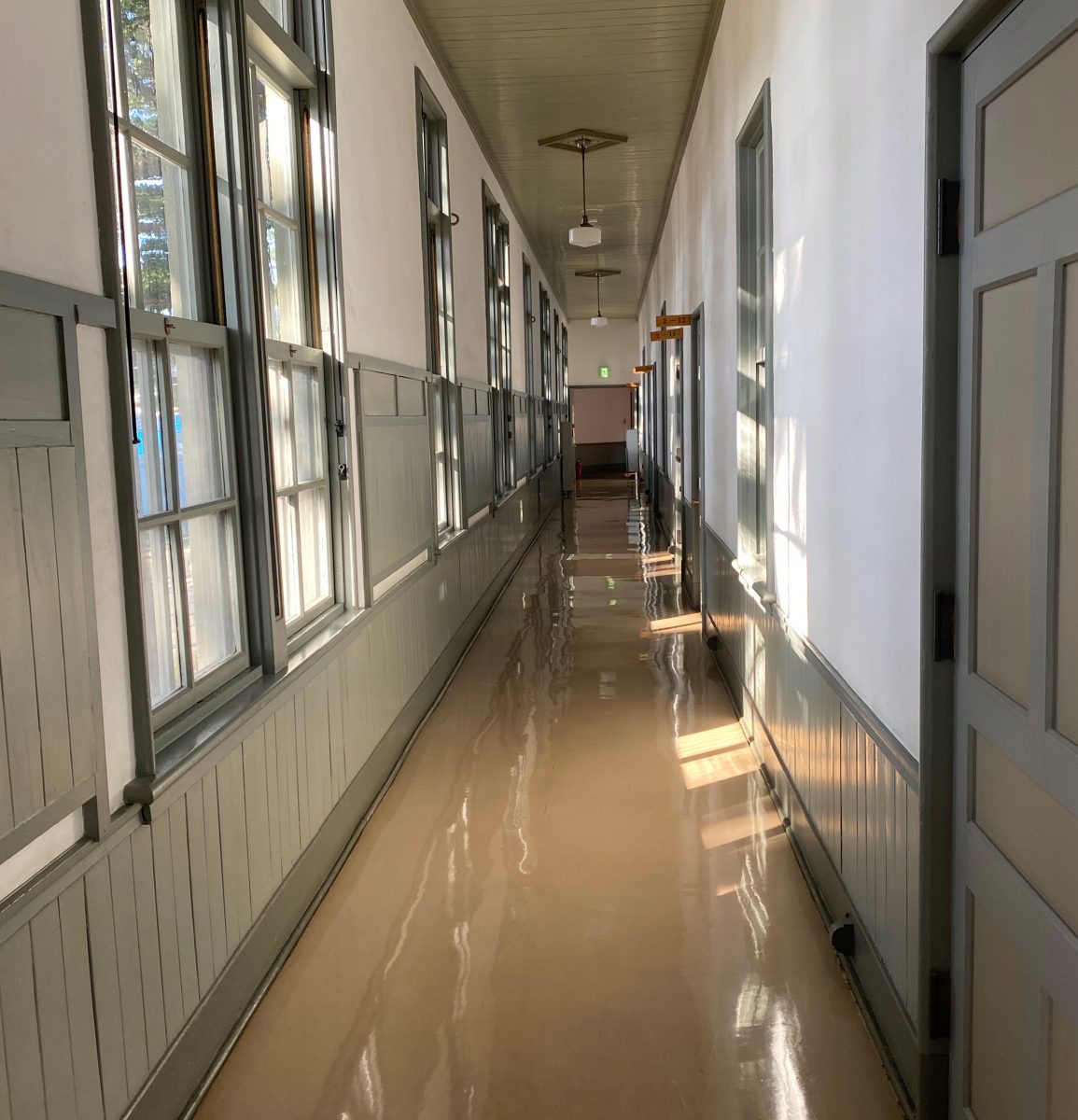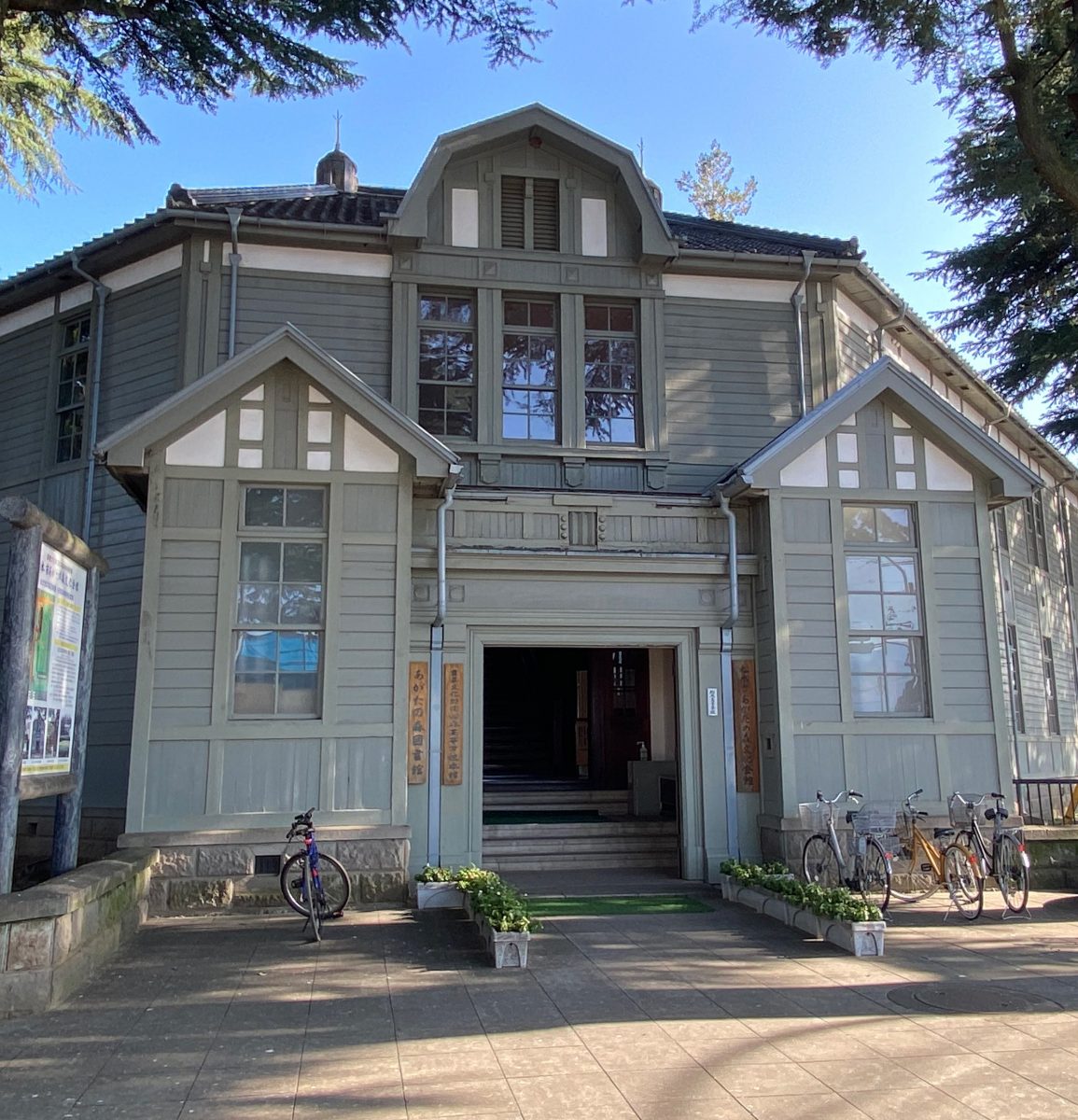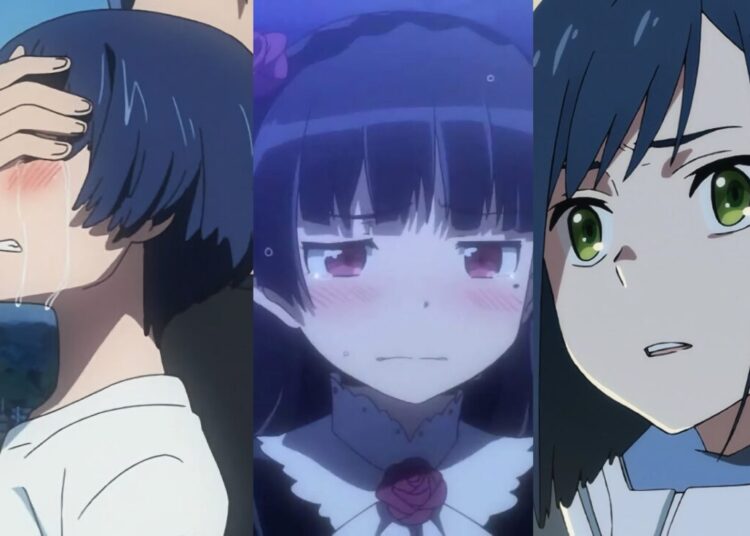One thing I try to do each year is take one or two unique vacations, whether it’s something intense like driving from San Diego to southern Oregon to commune with the sand dunes that inspired Frank Herbert to conceive his novel Dune, or traveling to Nara so I could see and touch a piano that Albert Einstein had played back in 1922. Corona has been quite a killjoy when it comes to going to visiting interesting new places, but this weekend I journeyed with a friend to one of the most famous anime “holy lands,” the Lake Kizaki area in Nagano Prefecture, which became the birth of Otaku Tourism.
The Birth of Anime Holy Lands and Otaku Tourism
The anime industry experienced many changes and innovations in the past 25 years or so. Dealing with the switch from hand-painted cels to digital coloring done inside a computer (around 2000). The change from 4:3 to 16:9 widescreen televisions (around 2006). CGI, which had made appearances as far back as 1985’s Mobile Suit Zeta Gundam (the animation of the rotating space colonies), became part of pretty much every anime production.
Another innovation that took place in the industry was setting anime stories in real-world locations, which came to be known as “holy lands” (聖地 seichi in Japanese), which encouraged anime fans to make pilgrimages to these famous anime sites. This had the benefit of allowing fans to feel a deeper emotional connection to a beloved series, as well as helping some less economically vibrant parts of Japan receive some much-appreciated otaku tourism dollars.
The series that really started this trend was 2002’s Onegai☆Teacher! (Please Teacher!), about a high school student who observes a UFO crash landing in a nearby lake and ends up in a relationship with the sexy Pocky-addicted teacher Mizuho Kazami. The show was a hit, and people loved that every location shown on screen was a real place that they could visit.
The opening moments of Please Twins! were so awesome. And of course the song by Kotoko and I’ve Sound, who have done more than a few visual novels that we’e published, is amazing.
Does this make you want to re-watch the series? pic.twitter.com/EXJRuKNcDA
— Peter Payne (@JListPeter) November 2, 2020
Next came Onegai☆Twins! (Please Twins!), a side-story about a boy (Maiku) and two girls (Miina and Karen), one of whom was his blood sister. It was a classic anime mystery: if they can find out which of the girls is related, the girl who isn’t “wins” Maiku-san’s ochinchin, while the girl who “loses” at least gets to call Maiku oniichan. Fans were thrilled…and making annual journeys to the Lake Kizaki area become a huge event, with fans converging on the town to take photos and clean up litter and show off their fancy itasha anime cars.
Anime Holy Lands Take Over the Industry
Before long, pretty much every anime started setting itself in a specific location, as fans sought a closer connection with the characters they loved, and animators enjoyed being able to create more realistic locations by basing their creations on actual locations.
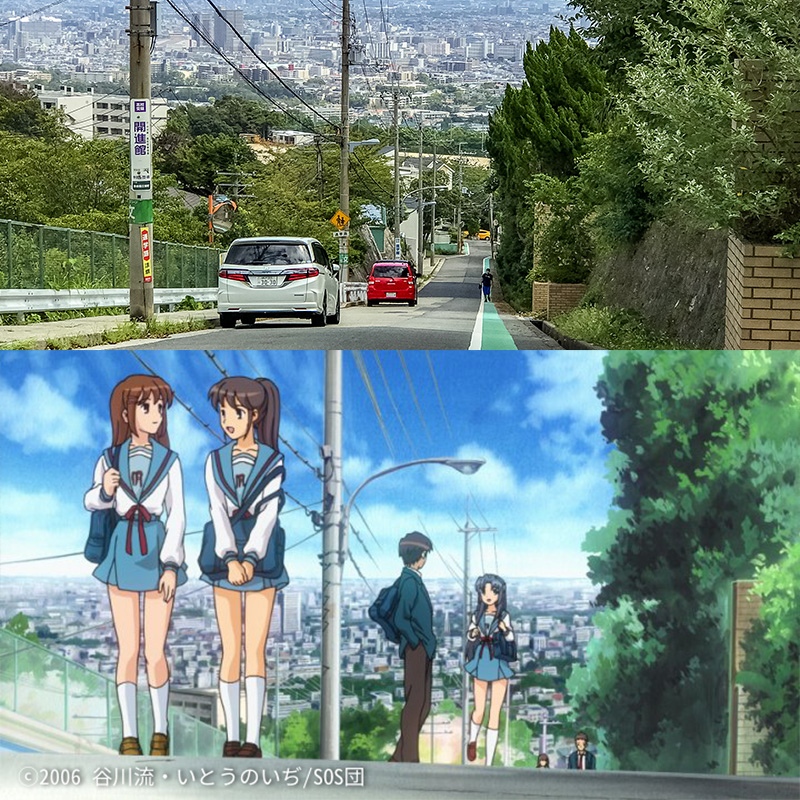
Sometimes these anime locations were chosen because the original creator wanted to give a shout-out to his own home town, such as Haruhi novel writer Nagaru Tanigawa setting the anime in his alma mater of Hyogo Prefectural Nishinomiya High School, which was the model of the school from Haruhi, right down to the grueling uphill walk we see in the anime. When anime writer Mari Okada needed a location for AnoHana: The Flower We Saw On That Day, she naturally used her home town of Chichibu, Saitama Prefecture, which ended up bringing in thousands of visitors who wanted to walk where Menma and her friends had walked.
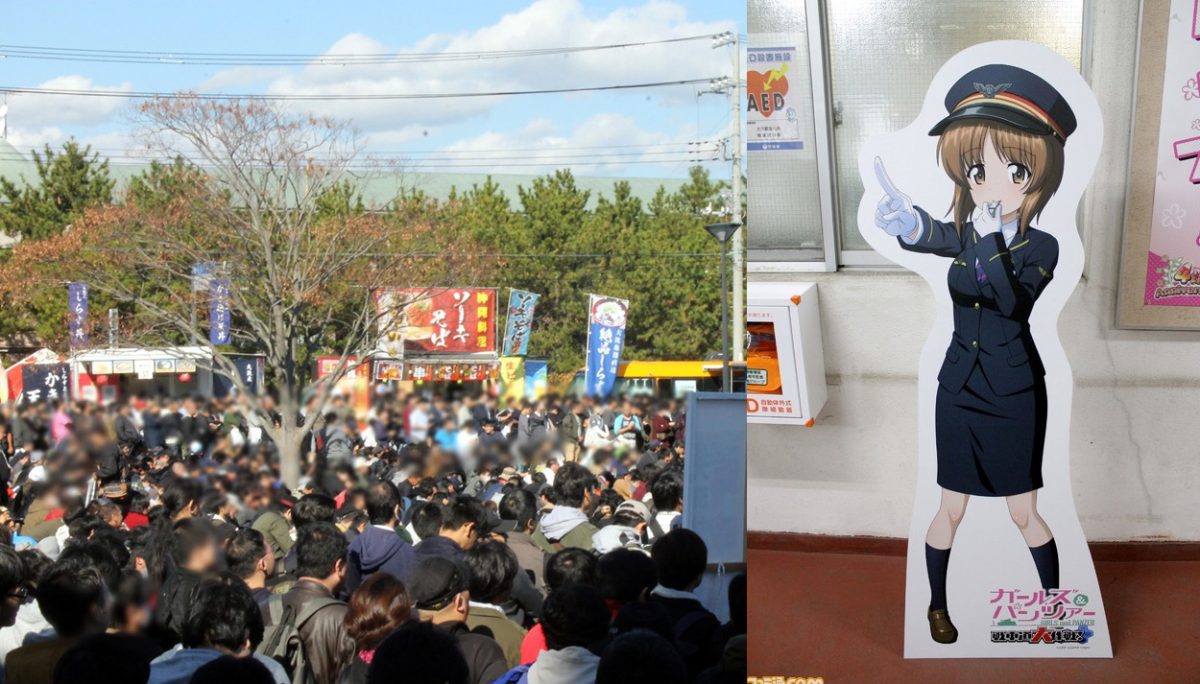
Otaku tourism even started providing funding for anime, and rural regions of Japan opened their wallets to partner with anime studios for cross-promotion. Sometimes this can be fantastically successful, such as the annual Anko Festival in Oarai, Ibaragi Prefecture bringing in 130,000+ Girls und Panzer fans every year, an enormous benefit to the local economy. Sometimes, though, attempts to get fans to embrace real anime locations can fall flat, like when the seaside town of Kamogawa sponsored Rinne no Lagrange to promote its local products…but fans felt they were being manipulated and stayed away.
My Trip to the Please Teacher! and Please Twins! Holy Lands
There’s no time like autumn to make a trip to a beautiful place like Nagano Prefecture in central Japan, and I planned a trip to the Lake Kizaki region with a friend who was also a fan. We decided to walk the 8 km around the entire lake, photographing the scenes from the anime and enjoying the changing of the leaves.
One of the highlights of the walk is Uminokuchi Station, where several scenes from the two anime series (and the “third” sequel, AnoNatsu: Waiting in the Summer) take place. The station contains a shrine to fans of the anime, and there’s a book you can write messages in.
Eventually, we came to the “Maiku house” from the anime, which is a private residence. Although I’d passed the house on two previous visits, this time I was fortunate to see one of the owners, an elderly woman who was heading out to her shed. She politely welcomed me and invited me to take photos of her famous house, but I couldn’t help feeling like an anime paparazzi.
As we were making our way back to the campgrounds, we met up with a Japanese man who was staying in the same bed-and-breakfast — confusingly, the Japanese use the French term pension for this, which is unfamiliar to Americans when we first encounter it — as us, and invited him to the barbecue we were planning at the campgrounds. It turns out that he, too, became aware of the Lake Kizaki region as a result of the anime, and visited multiple times a year, photographing the lake in all seasons…and had been doing this for 14 years running, visiting more than a hundred times. Meeting a Japanese otaku this intense made me feel less self-conscious about carrying a torch for an 18-year-old anime.
Finally came the cherry on top, driving up to a mountain overlooking the town, which is a popular spot for paragliders, who were lazily riding updrafts as they floated over the lake. Coupled with the lovely autumn colors, this was one of the most beautiful things I’ve ever seen.
We also visited the school depicted in both series, which is a decommissioned high school in Matsumoto City (quite far from Lake Kizaki) that was built in 1919 and shows amazing Taisho Period architecture. The school is being lovingly maintained by the city and is used for various municipal activities including music classes.
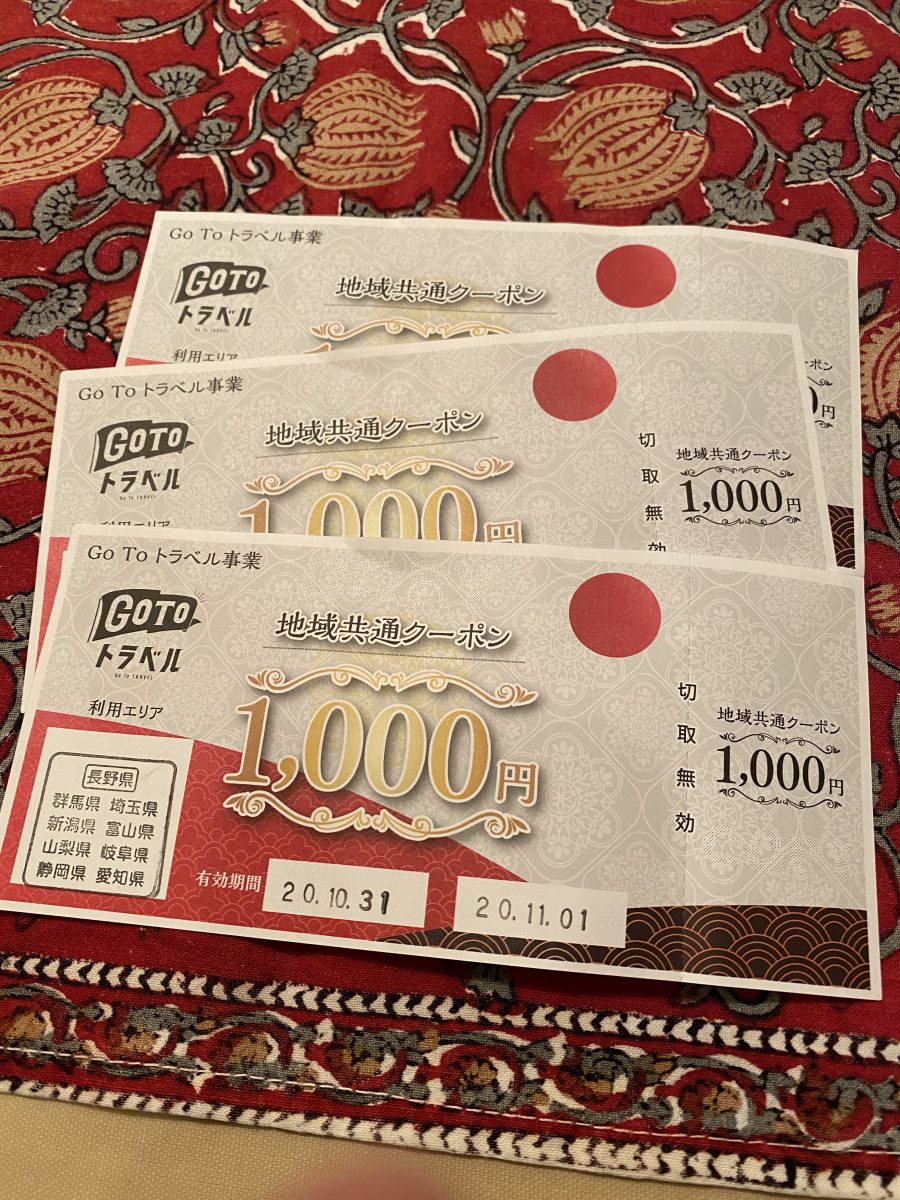
2020 has certainly been the year when we learned that some government programs can be extremely effective. By staying overnight at the inn, I received 3000 yen worth of coupons from the government’s GoTo Travel campaign that I could spend on anything I wanted, but only if I used the coupons within 24 hours, and only in that region of Japan.
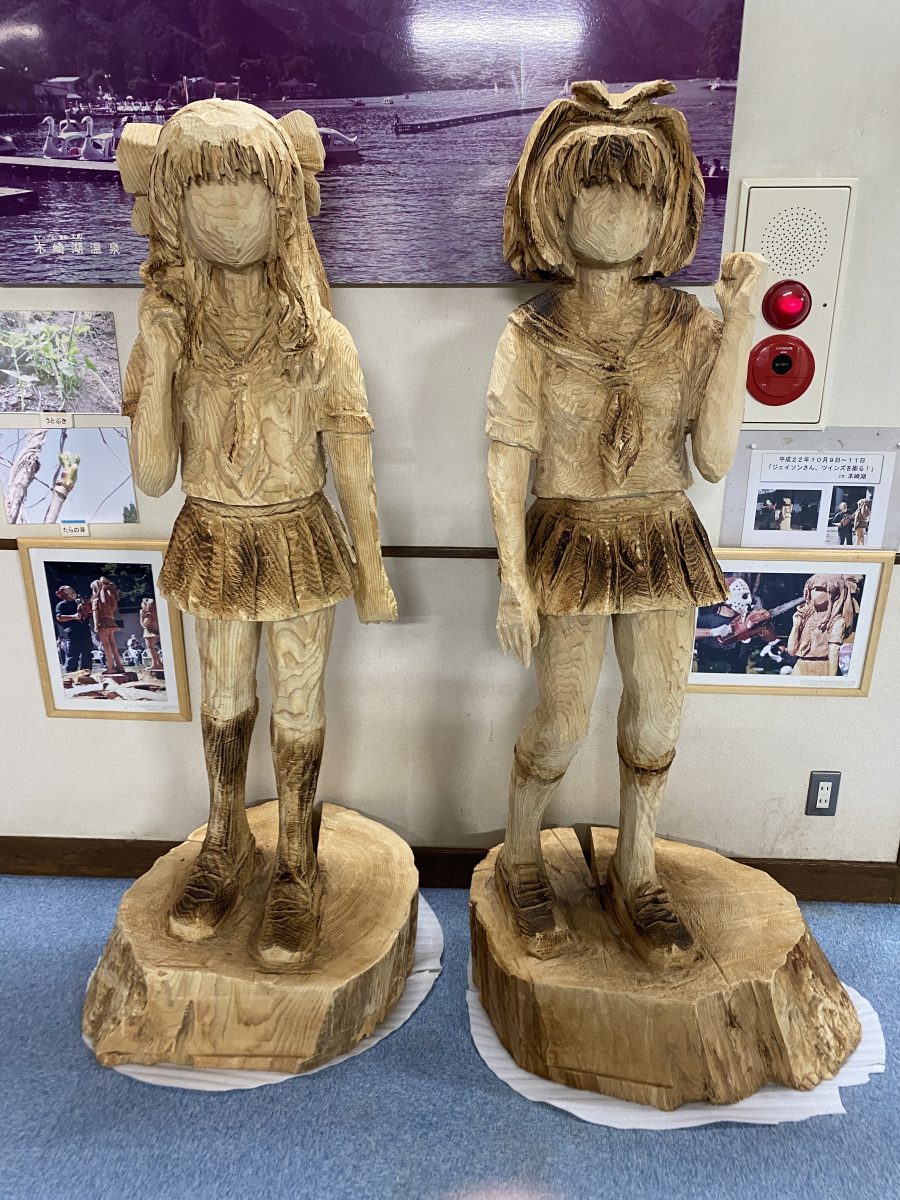
Thanks for reading this post on my visit to Lake Kizaki, and the origin of the Otaku Tourism industry. When all this Corona nonsense is finally done with, I hope you can visit Japan and find your favorite anime “holy land” to visit!
It’s that time of the month, again, when all the most gorgeous anime magazines come out. We’ve got all the best anime magazines, filled with posters and other goodies for fans, in stock. And if you hurry, you can still buy before our Halloween Sale ends, which is November 3rd.


